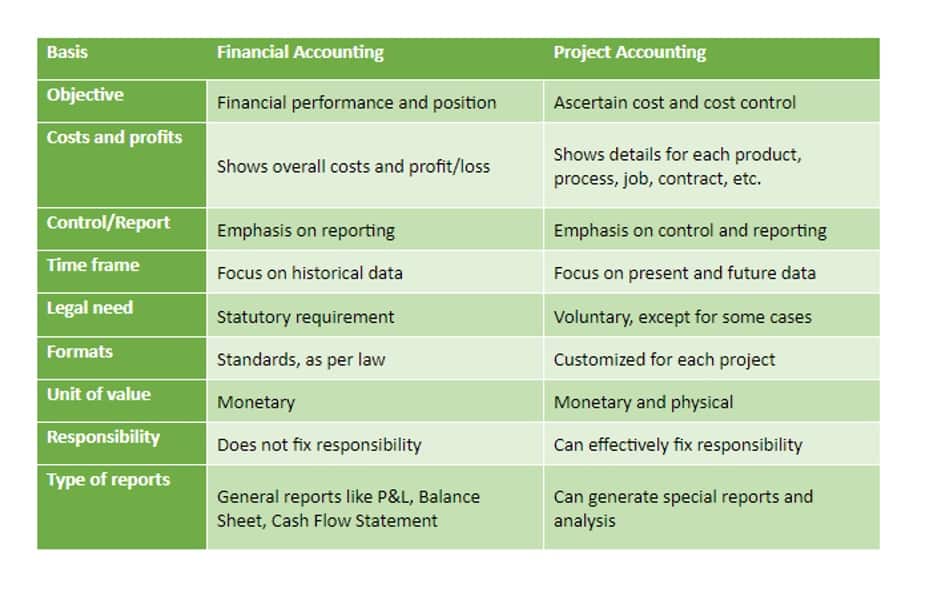
We briefly go through commonly found line items under Current Assets, Long-Term Assets, Current Liabilities, Long-term Liabilities, and Equity. GAAP (ASC 230) and IFRS (IAS 7) accounting standards both require cash flow statements as part of the financial reporting process. A cash flow statement doesn’t include credit-based sales or other income or expenses that haven’t yet flowed into or out of the business. Financing activities refer to investments other organizations have made in the company.
- Understanding the layout is not just important for anyone wanting to know more about the financial health of a company.
- Suppose we are provided with the three financial statements of a company, including two years of financial data for the balance sheet.
- Instead, cash flow represents the movement of money into and out of a business over a specific period of time..
- The net cash flow from the investing line shows the change in cash flow from all investing activities.
Operating cash flow formula
Corporate management, analysts, and investors use this statement to determine how well a company earns to pay its debts and manage its operating expenses. The cash flow statement is an important financial statement issued by a company, along with the balance sheet and income statement. The resulting figure is your net capital spending (NCS), which indicates the net cash used for or received from investments in the company’s long-term assets. A cash flow statement tells you how much cash is entering and leaving your business in a given period. Along with balance sheets and income statements, it’s one of the three most important financial statements for managing your small business accounting and making sure you have enough cash to keep operating.

Calculate Change in Net Working Capital (NWC)
- The price-to-cash flow (P/CF) ratio is a stock multiple that measures the value of a stock’s price relative to its operating cash flow per share.
- On Apple’s balance sheet (shown earlier), the company recorded $37 billion dollars in property, plant, and equipment.
- For small businesses, Cash Flow from Investing Activities usually won’t make up the majority of cash flow for your company.
- Everything in the middle details cash transactions as money entered and left the company.
- Even though our net income listed at the top of the cash flow statement (and taken from our income statement) was $60,000, we only received $42,500.
- In a business, investment activities may include the purchase or sale of physical assets, investment in securities, or the sale of securities.
Cash flow from assets (often abbreviated as “CFFA”) refers to the total cash flow generated by a company’s assets, not taking into account cash flow from financing activities. It measures a company’s ability to generate cash inflows from its core operations using strictly its current assets and fixed assets. A cash flow statement includes actual cash transactions, while an income statement can list non-cash receipts. The balance sheet, alternatively, offers a summary of a company’s assets and liabilities during a certain period. The final category on the balance sheet shows all cash transactions that had to do with financing activities.
. Gather Financial Statements
This section of the statement shows how much cash the company’s offerings (e.g., products or services) generate. IFRS places non-operating non-cash investing activities in a footnote. GAAP allows these disclosures to appear either on the statement or a footnote. Cash flow statements also disclose non-operating non-cash activities, an example of this is renegotiating debt as a debt/equity swap. You can compare multiple consecutive statements to identify patterns, anticipate future cash flow, and make data-driven decisions about business plans.
- If there is an amount that is still owed, then any differences will have to be added to net earnings.
- The net income as shown on the income statement – i.e. the accrual-based “bottom line” – can therefore be a misleading depiction of what is actually occurring to the company’s cash and profitability.
- It is often claimed to be a proxy for cash flow, and that may be true for a mature business with little to no capital expenditures.
- The expense of the new equipment will be spread out over time via depreciation on the income statement, which evens out the impact on earnings.
- Shareholders can use FCF minus interest payments to predict the stability of future dividend payments.
- FCFE includes interest expense paid on debt and net debt issued or repaid, so it only represents the cash flow available to equity investors (interest to debt holders has already been paid).

The cash flow statement shows the amount of cash and cash equivalents entering and leaving a company. Whether it’s comparable company analysis, precedent transactions, or DCF analysis. Each of these valuation methods can use different cash flow metrics, so it’s important to have an intimate understanding of each. Using the direct method, you keep a record of cash as it enters and leaves your business, then use that information at the end of the month to prepare a statement of cash flow. However, you’ve already paid cash for the asset you’re depreciating; you record it on a monthly basis in order to see how much it costs you to have the asset each month over the course of its useful life.
- When a company is first formed, shareholders will typically put in cash.
- The completed statement of cash flows, which we’ll work towards computing throughout our modeling exercise, can be found below.
- Although the effort is worth it, not all investors have the background knowledge or are willing to dedicate the time to calculate the number manually.
- Subsequently, the net change in cash amount will then be added to the beginning-of-period cash balance to calculate the end-of-period cash balance.
- You want to maximise your cash flow through regular returns on investment.
- « That’s a good sign that the company is generating cash just from its operations. »
Structure of the Cash Flow Statement
For example, if a company takes on a bank loan to be paid off in 5-years, this account will include the portion of that loan due in the next year. Includes non-AP obligations that are due within one year’s time or within one operating cycle for the company (whichever is longest). Notes payable cash flow from assets equals: may also have a long-term version, which includes notes with a maturity of more than one year. This line item includes all of the company’s intangible fixed assets, which may or may not be identifiable. Identifiable intangible assets include patents, licenses, and secret formulas.
How to increase your cash flow from assets

What Is the Difference Between Direct and Indirect Cash Flow Statements?
What are high returns from cash flow investments?


